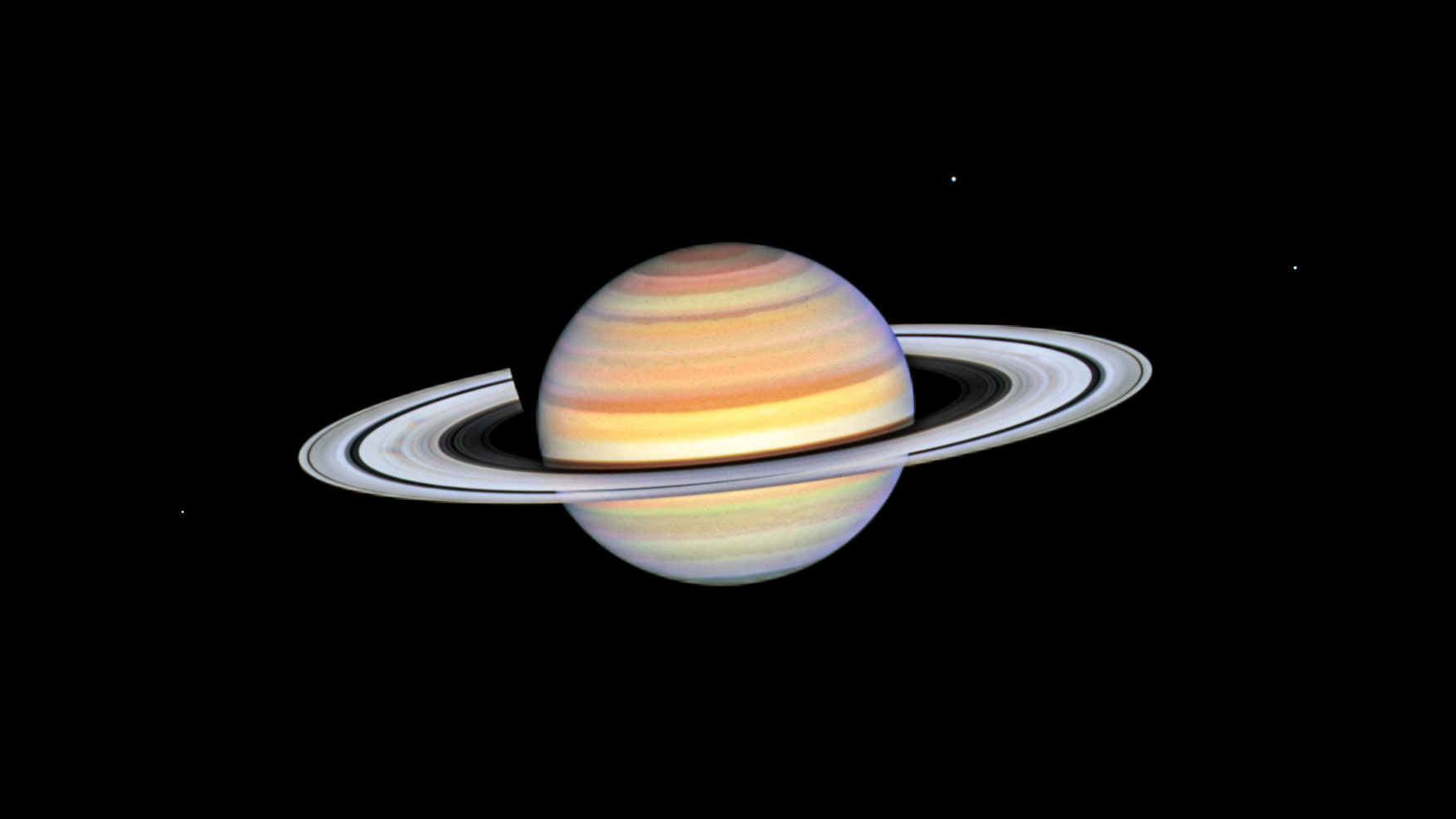4 min read

As NASA's Cassini spacecraft spends its last few weeks in orbit around Saturn before making a controlled impact with the planet in what NASA dubbed Cassini's "Grand Finale," some of those who helped launch the mission 20 years ago are thrilled with the success of the massive probe they helped dispatch to one of the solar system's most intriguing worlds.
"There's just a real sense of fulfillment associated with being part of a launch team, particularly something as big as Cassini and as complicated as Cassini is and the whole makeup of the whole Cassini team," said Ray Lugo, launch director for Cassini. "It was a big community of folks and everybody had to do their part to make sure that mission got off right."
It took seven years for Cassini to make the trip from Earth's surface to Saturn's orbit. The two-story-tall spacecraft reached Saturn on June 30, 2004, to begin unprecedented surveys of the planet and its brilliant rings, along with Saturn's eclectic system of moons. As the mission comes to a close, NASA opted to plunge the spacecraft into Saturn to prevent it from accidentally contaminating one of the moons if it were left to drift around in space.
Cassini also carried a second spacecraft along with it, a probe called Huygens that was released to study the moon Titan up close. Huygens parachuted to the surface of the moon, relaying data on conditions there until its batteries ran out.
For Lugo, that success was hoped for, but not taken for granted.
"For some of those scientists, they spent their lifetime to make something like that happen," Lugo said. "Somebody had to have the idea for this mission, somebody had to write up a proposal for the mission, probably multiple proposals, finally get selected, fly it and then do the science. Thinking of it in that way kind of sets an expectation. You know on launch day that all this work we did and they did could be lost, and you think about that."
Cassini, which was built and operated from the Jet Propulsion Laboratory in Pasadena, California, lifted off from Cape Canaveral, Florida, in 1997 atop a Titan IVB rocket. The launch capped months of processing on the spacecraft and booster to make sure everything would work correctly on launch day and Cassini would be set on its correct path.
The Cassini mission would be only Lugo's second at the helm of the launch team. Because his first launch was not successful, he said he felt added weight heading into the Cassini campaign.
"Here I am a freshly minted launch director coming into one of the flagship missions for NASA and I'm batting zero-for-one," Lugo said. "so it wasn’t like there wasn't any pressure. It was a very important mission, it was complicated."
The Titan IVB rocket was NASA's largest expendable booster at the time.
"We'd never launched anything as large as Cassini before on an expendable vehicle, and there wasn't a rocket that big before unless you went back to Apollo," said George Diller, NASA's launch commentator.
The spacecraft lifted off on its second try to cap a smooth, if lengthy, countdown procedure that saw the teams on their consoles for 12 straight hours through liftoff. Located at different facilities around Cape Canaveral and Kennedy Space Center for launch, along with mission operations centers in California and Europe, the countdown encompassed a wide array of people and organizations.
Despite the size of the rocket, Cassini would still take seven years to reach Saturn. It would fly a precise path through the inner solar system building up speed by passing near Venus and Earth so it could slingshot out beyond Mars and Jupiter to rendezvous with Saturn. Getting on that path correctly at the start was the focus of the launch team.
"After the second burn of the Centaur upper stage, which got Cassini out of Earth orbit and onto an interplanetary trajectory, that's when everybody felt like OK, we've got it in hand," Diller said.
The payoff has been a wealth of photos and data of one of the solar system's most captivating locations.
"You see Cassini approach Saturn and get these good pictures and you think, 'Wow, I was a part of something that really redefined the understanding of a planet like Saturn and the rings,' " Lugo said. "I wasn't responsible for the science, but I can take some comfort in the fact that what I was able to do helped make that happen."

The mission team scheduled an “All Cassini Plus Alumni” group photo on Wednesday, June 21, 2017 to commemorate Cassini's exploration of Saturn coming to a dashing end in a few months.








